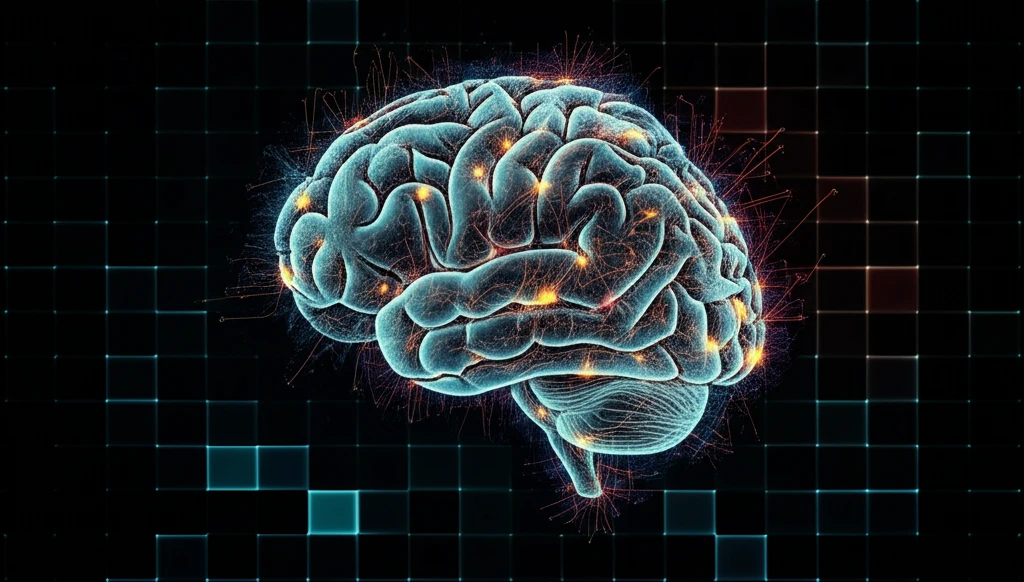
Unlock Your Brain's Hidden Connections: How Graph Theory Reveals the Secrets of Resting-State fMRI
"Discover how advanced graph signal processing techniques, like graph Slepians, are revolutionizing our understanding of brain networks and their complex interactions. Is functional connectivity the key to brain health?"
Functional magnetic resonance imaging (fMRI) has become a cornerstone of modern neuroscience, providing unprecedented insights into the workings of the human brain. By measuring subtle changes in blood flow, fMRI allows researchers to map brain activity in real-time, both during specific tasks and while the brain is at rest. One of the most intriguing applications of fMRI is the study of resting-state functional connectivity (rs-FC), which examines the coordinated activity between different brain regions when a person is not engaged in any particular task.
The discovery of large-scale brain networks through rs-FC has revolutionized our understanding of how the brain is organized. These networks, which include the default-mode network (DMN), fronto-parietal network (FPN), and others, are thought to play critical roles in various cognitive functions, from self-referential thought to attention and executive control. Analyzing these networks, however, presents significant challenges. Traditional methods often struggle to capture the full complexity of brain interactions, particularly the dynamic interplay between different networks.
Enter graph theory, a powerful mathematical framework for modeling complex systems of interconnected nodes. In the context of rs-FC, brain regions are represented as nodes, and the connections between them are represented as edges, with the strength of the connection reflecting the degree of correlated activity. This graph-based approach allows researchers to analyze the brain as a whole, uncovering hidden patterns and relationships that might be missed by traditional methods.
Decoding Brain Networks with Graph Slepians: A New Frontier

Recent advances in graph signal processing (GSP) have introduced a new tool for analyzing brain networks: graph Slepians. These specialized functions, inspired by the work of David Slepian, are designed to optimally capture signals that are both localized in the graph (i.e., concentrated in specific brain regions) and band-limited (i.e., restricted to a certain range of frequencies). By focusing on specific parts of the network while controlling the level of detail, graph Slepians offer a powerful way to dissect the complex interactions within the brain.
- Constructing the Graph: The researchers began by constructing a structural connectome, a map of the brain's physical connections derived from diffusion-weighted MRI data. This connectome served as the foundation for the graph, with brain regions as nodes and white matter tracts as edges.
- Designing the Slepians: Next, they designed graph Slepians that were specifically tailored to capture activity within the DMN and FPN. These Slepians were band-limited to a certain range of frequencies, allowing the researchers to control the level of spatial detail.
- Analyzing fMRI Data: Finally, the researchers applied the graph Slepians to resting-state fMRI data from the Human Connectome Project, a large-scale effort to map the connections of the human brain. By projecting the fMRI data onto the Slepian basis, they were able to isolate and analyze the activity patterns within the DMN and FPN.
The Future of Brain Network Analysis
The study by Preti and Van De Ville demonstrates the potential of graph Slepians as a powerful tool for analyzing brain networks. By combining the strengths of graph theory and signal processing, these methods offer a new way to dissect the complex interactions within the brain, potentially leading to new insights into brain function and disorders. As fMRI technology continues to improve and data sets grow larger, graph-based approaches like Slepian analysis are likely to play an increasingly important role in our quest to understand the human brain.
